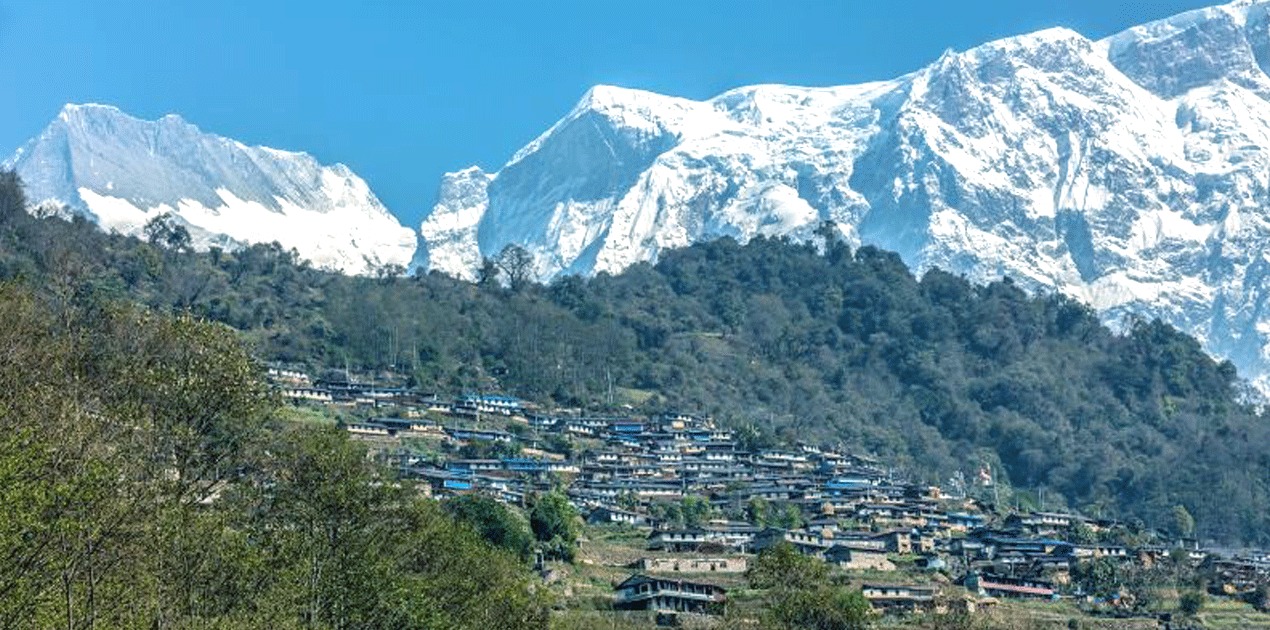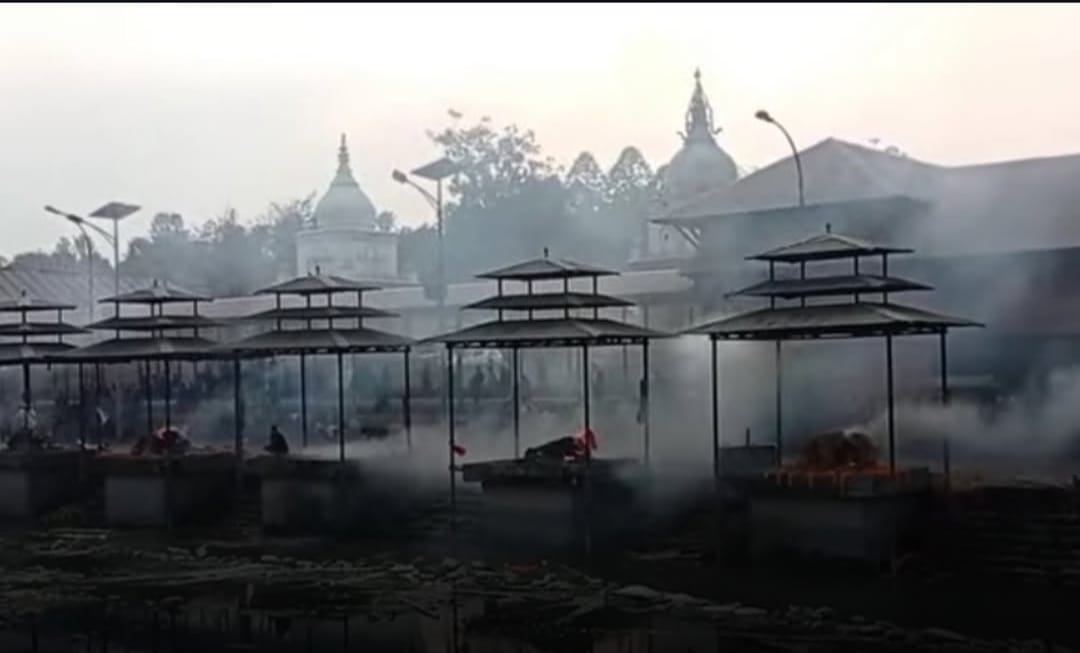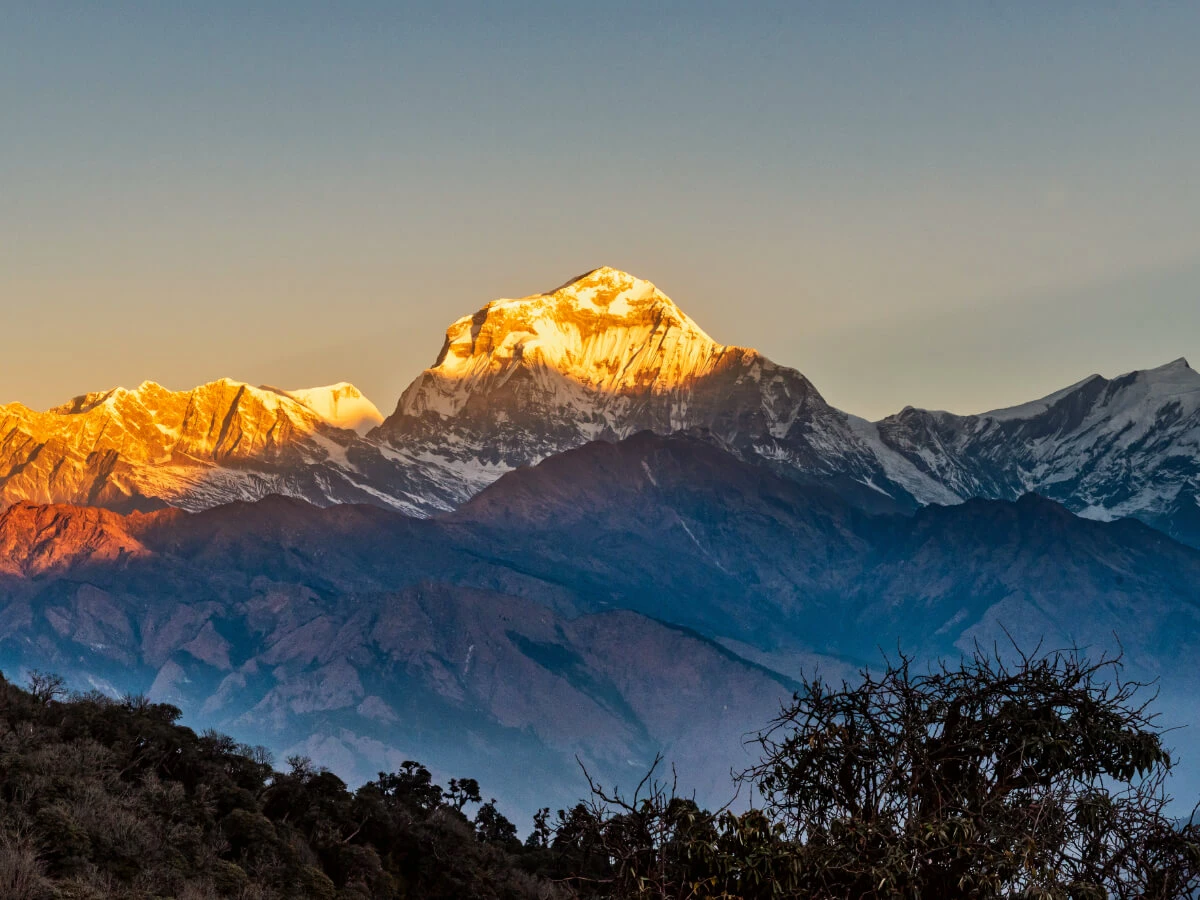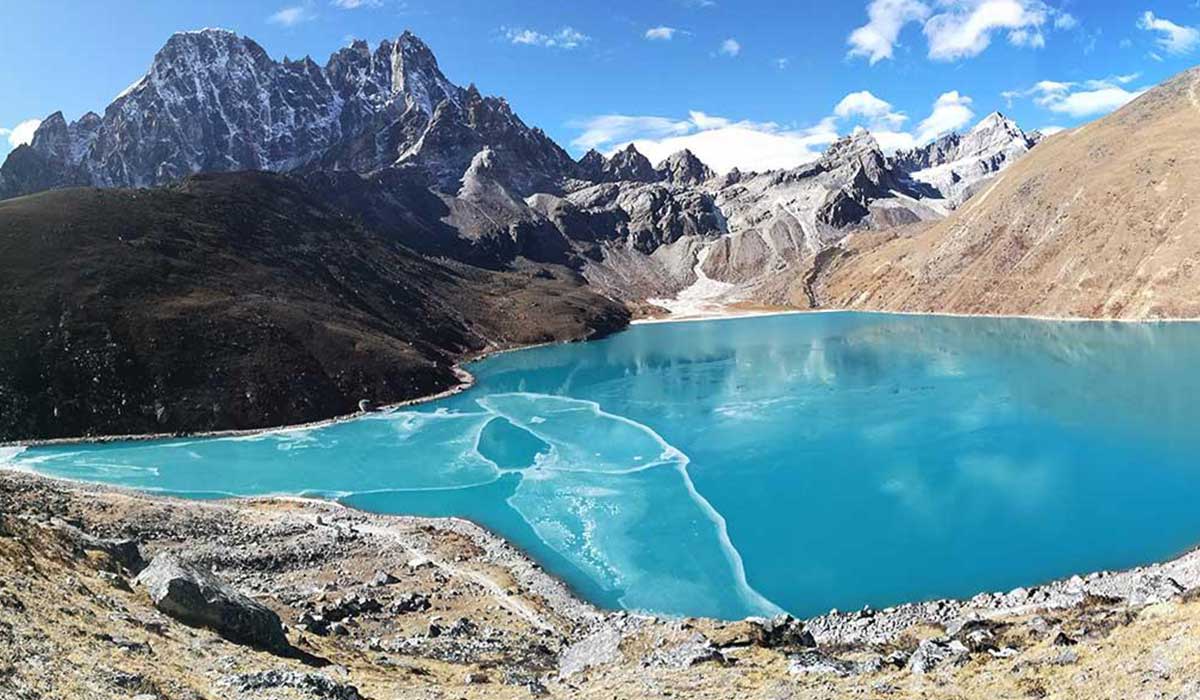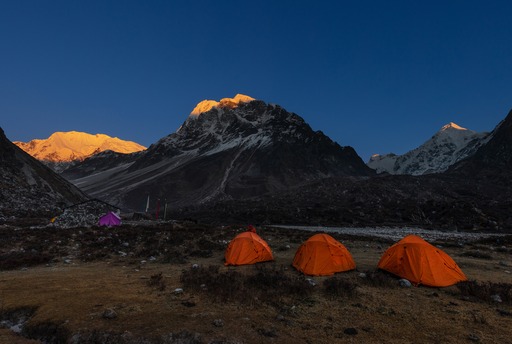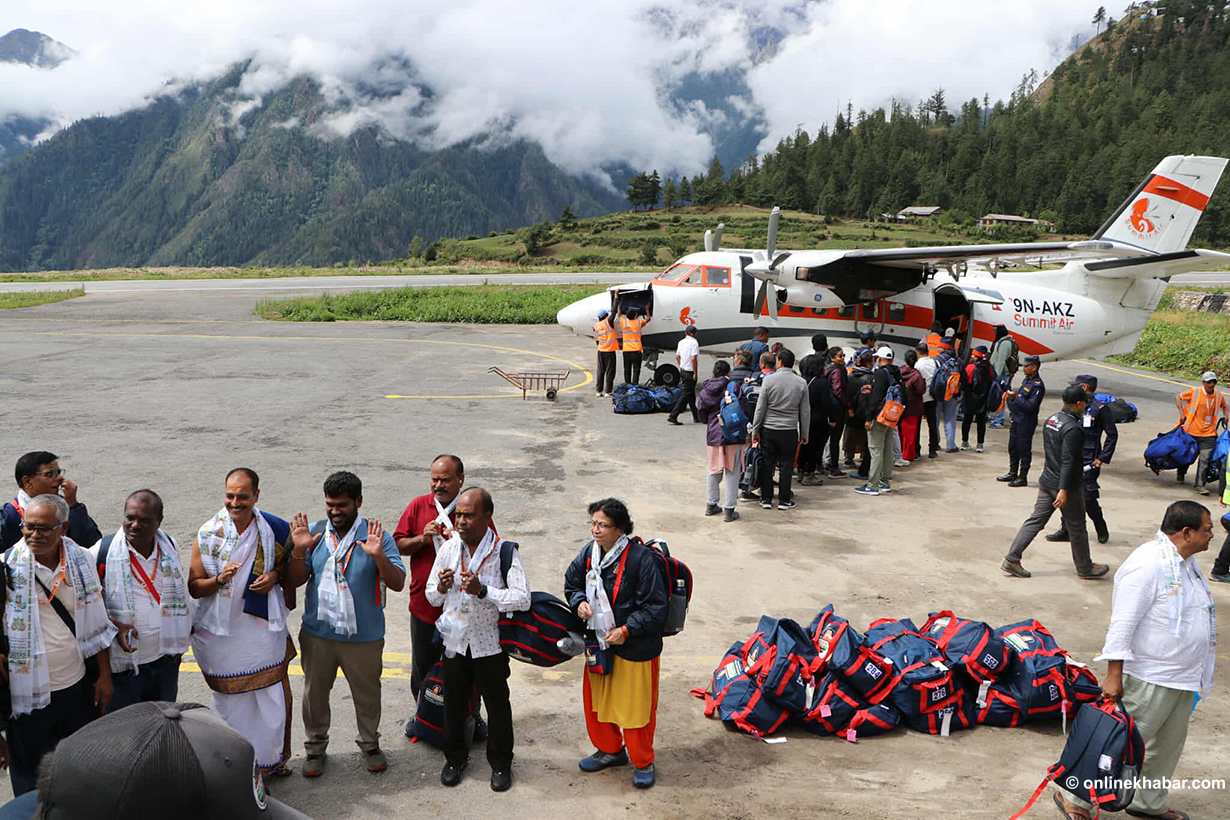Imagine walking above clouds, surrounded by lush green forests, with barely another soul in sight. That’s Kori, one of Nepal’s most untouched and peaceful trekking destinations. Located in the Lamjung district, northeast of the popular Sikles village, Kori offers a rewarding journey through Gurung culture, rhododendron forests, and panoramic Himalayan views.
This is not your usual Annapurna trek. It’s quieter, less commercial, and incredibly beautiful. The Kori trek is slowly becoming a favorite among domestic tourists looking for a hidden paradise far from the busy trails of ABC and Mardi Himal. Whether you're a solo traveler, a group of friends, or someone who loves cultural exploration, Kori welcomes you.
Let’s explore everything you need to know—from Kathmandu to Kori, including transportation, trekking routes, stops, accommodation, weather, and tips to make your journey smooth.
Where is Kori?
Kori lies in the Lamjung district of Gandaki Province, Nepal. It is situated at an altitude of approximately 3,800 meters above sea level. The area is surrounded by alpine meadows, grazing lands, and Himalayan peaks like Lamjung Himal and Annapurna II.
Kori is one of the last points before entering the Nar Phu Valley or connecting to Tusa, Nasa La, and Thanti for more remote treks. It is mostly visited via Sikles village, which is about 6-8 hours from Pokhara by jeep.
Why Kori Is Special
- Untouched beauty: Very few trekkers venture here, so the landscape remains pristine.
- Panoramic views: Get a front-row view of Lamjung Himal, Annapurna II, Machhapuchhre (Fishtail), and Manaslu range.
- Cultural richness: Experience authentic Gurung village life in Sikles, Tanting, and Hugu Goth.
- Natural diversity: Cross rivers, waterfalls, forests, yak pastures, and Himalayan meadows.
- Peaceful environment: Ideal for meditation, photography, and peace-seekers.
Route Overview: Kathmandu to Kori
Let’s break down the Kathmandu to Kori journey step by step, so you can plan efficiently.
Step 1: Kathmandu to Pokhara
- Distance: ~200 km
- Duration: 6-8 hours by road / 25 minutes by flight
- Options:
- Tourist bus (daily departures from Sorhakhutte, Kathmandu)
- Private car or jeep (faster but expensive)
- Flight (from Tribhuvan International Airport to Pokhara Airport)
Note: If you want to rest a day in Pokhara, you can explore Phewa Lake, Davis Falls, or World Peace Pagoda before heading toward the hills.
Step 2: Pokhara to Sikles
- Distance: ~38 km
- Duration: 4-5 hours by jeep
- Route: Pokhara → Bijayapur → Taprang → Khilang → Parche → Sikles
Sikles is a beautiful Gurung village that has preserved its traditional lifestyle. With homestays and teahouses available, it is often the starting point for the Kori trek.
Stay suggestion: Homestays in Sikles, like Gurung Cottage or Lama Homestay, offer cultural warmth and homemade meals.
Step 3: Sikles to Hugu Goth (via Tanting)
- Distance: ~12-14 km
- Duration: 6-7 hours on foot
- Altitude: ~2,000 to 3,000 meters
This section takes you through dense forests, hanging bridges, and waterfalls. You’ll pass through Tanting village, a small but charming settlement with few lodges. After crossing a suspension bridge over the Madi River, the trail gets steeper. Hugu Goth is a grazing area with basic huts or tents used by herders.
Tip: Carry your own sleeping bag or tent if you're not sure about accommodation availability in Hugu.
Step 4: Hugu Goth to Kori
- Distance: ~8-10 km
- Duration: 4-5 hours
- Altitude: Reaches up to 3,800 meters
This is the most scenic part of the entire trek. As you ascend, forests turn into open meadows, and the snow-capped peaks dominate the skyline. The area near Kori is flat and wide, perfect for camping. The view is breathtaking, especially during sunrise and sunset.
Photography spot: Near Kori, the morning sun reflects off Lamjung Himal—don’t miss this golden moment.
Suggested Itinerary (7 Days)
Day 1: Kathmandu to Pokhara (road or flight)
Day 2: Pokhara to Sikles by jeep
Day 3: Rest and explore Sikles (village walk, cultural museum)
Day 4: Trek to Hugu Goth via Tanting
Day 5: Trek from Hugu to Kori and explore
Day 6: Return trek to Sikles
Day 7: Drive back to Pokhara and return to Kathmandu
You can adjust this plan based on your trekking speed and travel mode.
Accommodation and Food
- Sikles: Multiple homestays and teahouses, some with attached bathrooms and Wi-Fi.
- Tanting: Few basic lodges or homestays, depending on the season.
- Hugu Goth & Kori: Mostly camping. Some temporary shepherd huts may be available in the trekking season (April–May and Sept–Nov).
Food options are mostly Dal Bhat, noodles, eggs, snacks, and local dishes like kodo ko roti or gundruk. Carry energy bars, dry fruits, and instant meals for higher altitudes.
Weather and Best Season to Visit
- Spring (March to May): Best time for rhododendrons and clear skies.
- Autumn (Sept to Nov): Stunning views and stable weather.
- Winter (Dec to Feb): Very cold; snow possible above Hugu. Not ideal unless you're experienced.
- Monsoon (June to Aug): Slippery trails, leeches, and roadblocks—avoid if possible.
Temperatures can drop below 0°C at night near Kori, so pack warm layers, especially if camping.
What to Pack
- Warm clothing (thermal innerwear, fleece, down jacket)
- Raincoat or poncho
- Trekking boots
- Walking stick/poles
- Sleeping bag (if camping)
- Sunglasses and sunscreen
- Water purification tablets
- First aid kit
- Power bank and flashlight
- Cash (no ATMs beyond Pokhara
Travel Permits
Yes, you need permits to trek in this area:
- TIMS Card (Trekkers’ Information Management System)
- Annapurna Conservation Area Permit (ACAP)
You can get both from the Nepal Tourism Board office in Kathmandu or Pokhara. Carry a few passport-sized photos and a copy of your passport.
Local Culture and Language
The trail passes through Gurung villages, known for their hospitality, bravery (many are ex-Gurkhas), and cultural dances. Respect local customs:
- Greet with "Namaste" or "Namaskar"
- Ask before taking photographs
- Avoid waste disposal in nature
- Support local businesses by eating and staying in homestays
While most elders speak Nepali, some younger locals in Sikles speak basic English.
Is Kori Trek Suitable for Beginners?
Yes, but with preparation. The trail is not extremely difficult, but due to the altitude and remote location, it helps if you:
- Are fit enough to walk 5–6 hours daily
- Are comfortable with basic facilities
- Carry your backpack or hire a porter
It’s a moderate trek ideal for those who want an authentic Himalayan experience without the tourist crowd.
Mobile Network and Connectivity
- NTC works in Sikles and some parts till Tanting.
- No network at Hugu Goth or Kori—go offline and enjoy the silence!
- Let someone know your itinerary in advance if going solo.
Estimated Cost (Per Person)
|
Item |
Cost (Approx. NPR) |
|
Bus/Jeep to Pokhara |
800 – 2,500 |
|
Jeep to Sikles (shared) |
1,000 – 1,500 |
|
Homestay per night |
800 – 1,200 |
|
Food per day |
1,000 – 1,500 |
|
Guide (optional) |
2,000/day |
|
Porter (optional) |
1,500/day |
|
TIMS & ACAP permits |
2,000 – 3,000 |
|
Miscellaneous (snacks, tips) |
1,000 – 2,000 |
Total (7 days): NPR 15,000 to 25,000, depending on your choices.

